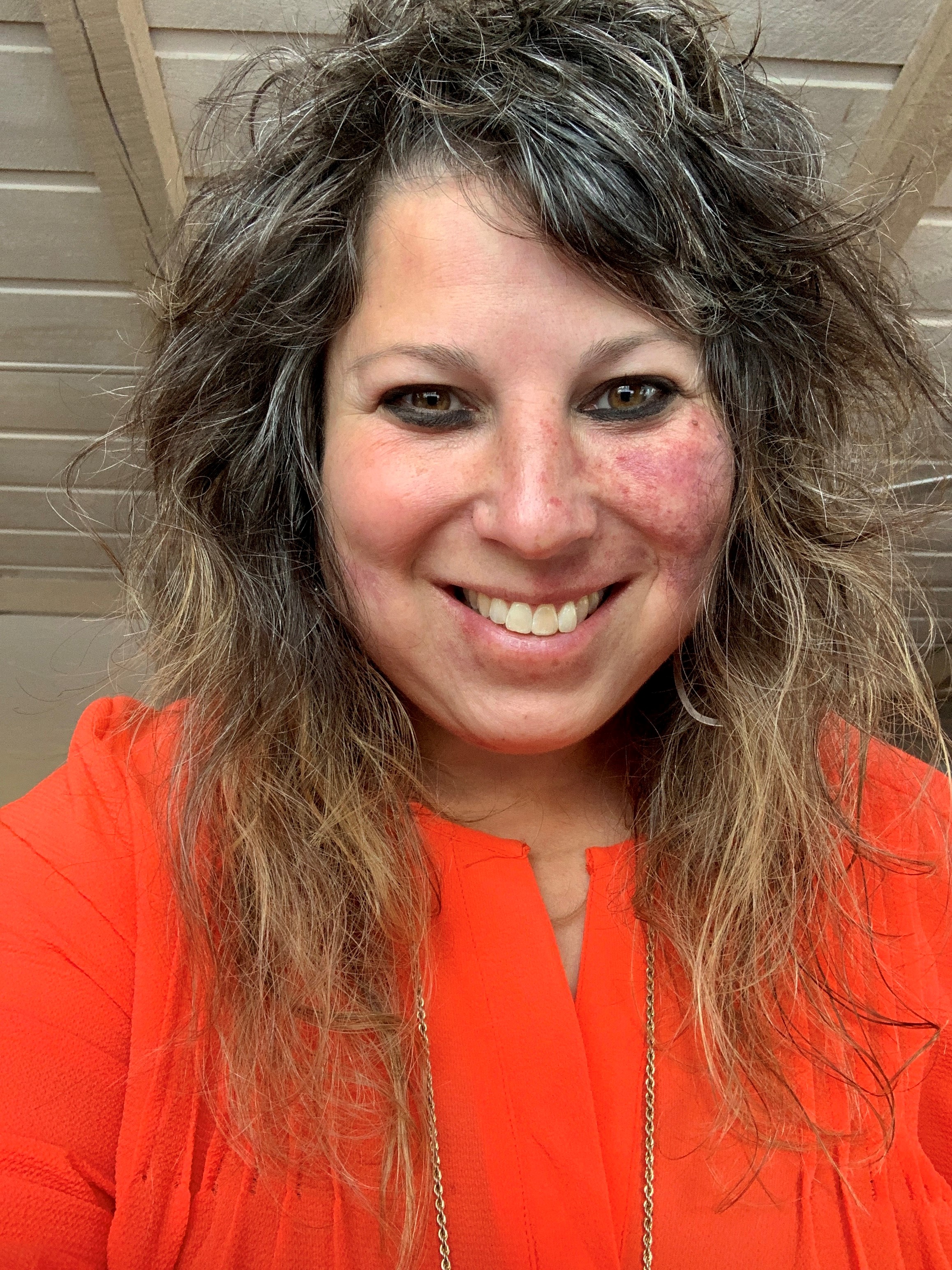Grant aims to find new addiction treatments related to psychedelics
Researchers at the University of California Davis and the University of Colorado Anschutz Medical Campus plan to use a $2.7 million grant to screen hundreds of compounds to discover new, nonhallucinogenic treatments for substance use disorders.
The research, funded by the National Institute on Drug Abuse, part of the National Institutes of Health, will seek to evaluate compounds that have a similar effect as psychedelics in how they can rewire some of the brain involved in depression, substance abuse, and post-traumatic stress disorder, but without the hallucinogenic effects. David Olson, PhD, associate professor in the departments of chemistry, biochemistry, and molecular medicine at UC Davis, calls these compounds “psychoplastogens” for their ability to modify the brain.
Olson’s work is part of a growing focus on psychedelics research at UC Davis and UC Davis Health. His lab has synthesized hundreds of molecules related to psychedelics in the search for new drug therapies. One such molecule, tabernanthalog, (TBG) produces both rapid and sustained anti-addictive effects in rodent models of heroin and alcohol self-administration.
The research will include mechanistic studies to understand how TBG impacts addiction and the development of new compounds with psychoplastogenic effects, according to Davis. The team will use high-throughput screening to test for efficacy, safety, and treatment potential. Promising compounds will undergo additional animal testing at CU Anschutz.
Delix Therapeutics, a startup founded by Olson, is also investigating nonhallucinogenic psychoplastogens for treating depression, anxiety, and related disorders but is not involved in the project.
“I’m very excited that NIDA is recognizing the potential that psychoplastogens might have for patients with substance use disorders,” Olson said in a statement. “This grant will help us to understand the basic mechanisms by which these compounds impact addiction, and hopefully develop more effective and better tolerated treatments.”




















SHARE